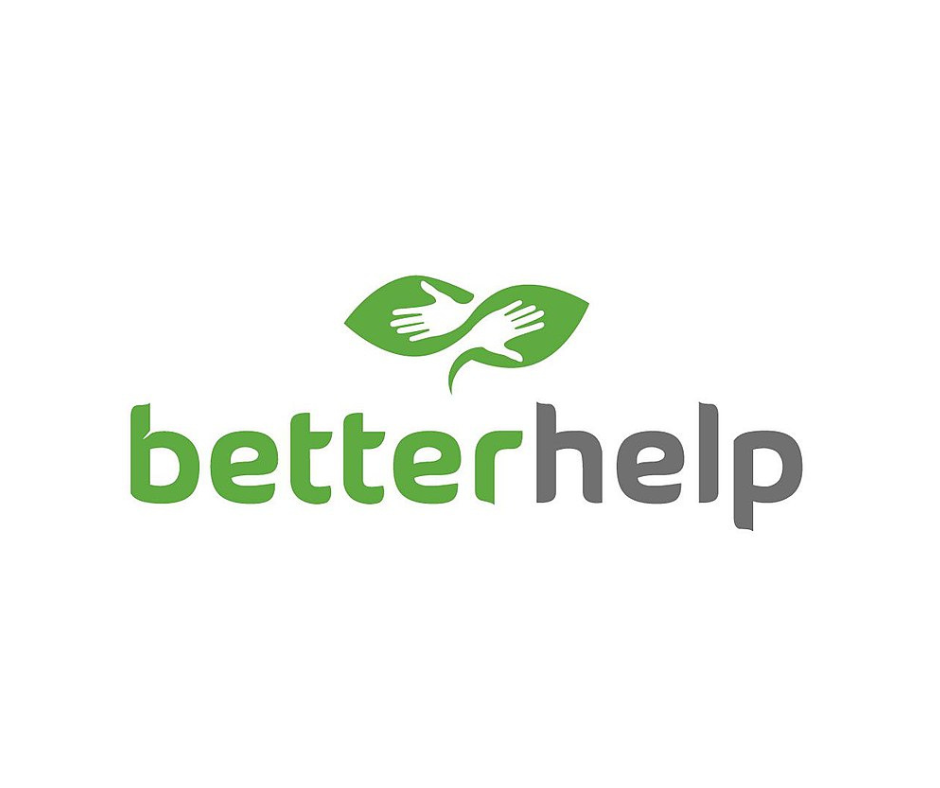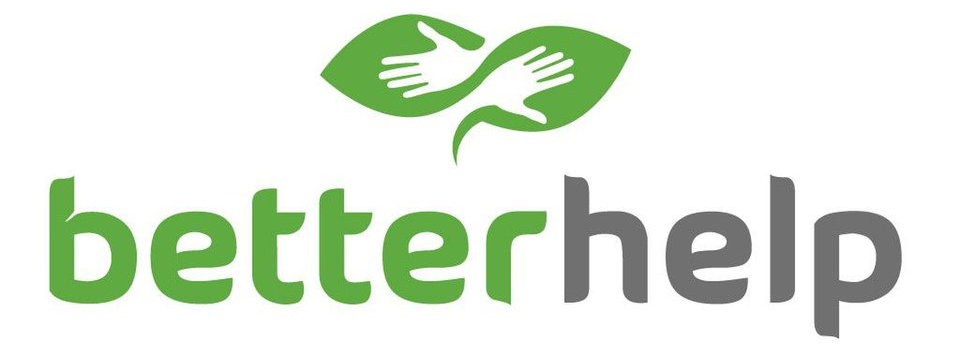If you're thinking about starting therapy and want to do it conveniently from the comfort of your home, then BetterHelp might be the perfect solution. With online therapy becoming more popular than ever, affordability and accessibility are key factors. That’s where our BetterHelp discount code comes in—to help you save money while prioritizing your mental well-being.
In this post, we’ll show you how to use our BetterHelp promo code to get 10% off your first month, why BetterHelp is one of the most trusted names in online therapy, and everything else you need to know to get started.
Use our BetterHelp discount code "psychtimes" and start your therapy journey with 10% off!
What is BetterHelp?
BetterHelp is the largest online therapy platform in the world. With thousands of licensed therapists and counselors across various specialties, BetterHelp connects you with a mental health professional based on your individual needs. Sessions can be conducted via messaging, phone, video chat, or live text, all within a secure online environment.
Whether you're struggling with anxiety, depression, relationship issues, stress, or simply want someone to talk to, BetterHelp makes getting support easier than ever. The platform is designed for people who want the same level of quality therapy they'd get in person—without the inconvenience or high costs.
With our BetterHelp coupon code, you can get started today and enjoy 10% off your first month of therapy.
Why Use a BetterHelp Discount Code?
Therapy can be life-changing, but it can also be expensive. That’s why using a BetterHelp discount code is such a smart move. Here are some great reasons to take advantage of our exclusive offer:
Save Money Instantly
By applying our BetterHelp promo code, you instantly get 10% off your first month. That might not sound like much, but over time it can really add up—especially when therapy is already more affordable through BetterHelp than traditional in-person options.
No Hidden Fees or Contracts
Unlike some platforms, BetterHelp is upfront with its pricing. And when you use our BetterHelp coupon code, you don’t have to worry about hidden costs or long-term commitments. Just apply the code when signing up and enjoy your savings.
Get Matched with a Therapist Faster
BetterHelp makes it simple to get started. Once you sign up and apply the BetterHelp discount code, you’ll be matched with a licensed therapist within 24–48 hours. It’s faster than scheduling a traditional appointment and more flexible to fit your schedule.
Flexible Plans, Cancel Anytime
Life changes, and BetterHelp understands that. Whether you're planning weekly sessions or just need someone to talk to occasionally, you can cancel or change your plan at any time. The 10% BetterHelp promo code still applies to your first billing cycle, giving you a chance to try it out risk-free.
How to Use a BetterHelp Promo Code
Using our BetterHelp discount code is quick and easy. Here’s how to redeem your savings and start therapy in just a few steps:
- Visit the BetterHelp website through our affiliate link. This ensures your discount is applied automatically.
- Click “Get Started” and complete a short questionnaire. This helps BetterHelp match you with the right therapist based on your preferences and concerns.
- Create an account with your email address.
- At checkout, your BetterHelp coupon code will apply automatically, giving you 10% off your first month.
- Once payment is confirmed, you’ll be connected with a licensed therapist within a day or two.
And that’s it—you’re ready to begin your online therapy journey with 10% savings thanks to our exclusive BetterHelp offer.
Who Should Use BetterHelp?
BetterHelp is for anyone who wants affordable, flexible, and professional mental health care. You don’t need a formal diagnosis to use the service. Whether you're facing a specific issue or just want someone to talk to, BetterHelp can be a valuable resource.
People use BetterHelp for:
- Anxiety and panic attacks
- Depression and low mood
- Stress management
- Relationship and family issues
- Trauma and PTSD
- Grief and loss
- Life transitions and decision-making
- Self-esteem and motivation
With the help of our BetterHelp discount code, anyone can get started on their path to better mental wellness without breaking the bank.
The Difference Between BetterHelp and Traditional Therapy
One of the reasons BetterHelp has become so popular is because it removes many of the barriers associated with traditional therapy.
- Convenience: You don’t have to commute, find parking, or sit in a waiting room. Talk to your therapist from home or on the go.
- Flexibility: Schedule sessions that work for you—even outside regular business hours.
- Privacy: All sessions are encrypted and secure. You can also choose to remain anonymous if preferred.
- Affordability: With our BetterHelp promo code, you get therapy at a fraction of the cost of in-person sessions.
It’s no wonder millions of people have turned to BetterHelp for support—and even more reason to use a BetterHelp coupon code when signing up.
Can You Trust Online Therapy?
Yes. BetterHelp works exclusively with licensed, accredited, and experienced therapists who are certified by their state’s board. You can read their bios, areas of focus, and client reviews before choosing your therapist—or switch at any time, no questions asked.
Online therapy has been shown to be just as effective as in-person therapy for many people. With the addition of a BetterHelp discount code, it’s also more accessible than ever.
Does the BetterHelp Discount Code Expire?
Our BetterHelp promo code is available for a limited time, but the 10% discount is currently active. We recommend using it sooner rather than later to lock in your savings. If you're seeing this page, the offer is likely still valid.
Just click the link, complete the short intake process, and your BetterHelp coupon code will be automatically applied at checkout.
Additional Ways to Improve Mental Health
Online piano lessons, much like yoga and meditation, can be a powerful way to ease anxiety and boost self-esteem. Playing piano helps calm the mind through focus and rhythm, much as yoga and meditation encourage mindfulness and inner balance.
Each small musical achievement builds confidence and self-worth, while the soothing act of creating music can quiet stress and promote relaxation. Combined with the grounding benefits of yoga and the mental clarity of meditation, learning piano online can become part of a holistic approach to improving emotional well-being and restoring inner peace.
Final Thoughts on Using a BetterHelp Discount Code
Mental health support should never feel out of reach. That’s why using a BetterHelp discount code is such a helpful step toward getting the care you need. Whether you’re dealing with stress, sadness, anxiety, or just want someone to talk to, BetterHelp can connect you with a qualified therapist—fast, affordably, and confidentially.
Don't miss out on this opportunity to try online therapy with 10% off your first month. Just use our BetterHelp coupon code when signing up and start your journey toward improved well-being today.


